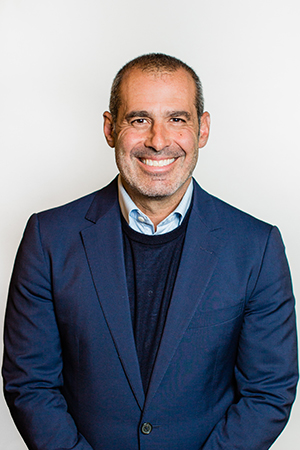Jeffrey Leiden wanted Alpine.
The Vertex chair, who had led early development of the world’s top-selling medicine while at Abbott in the 2000s, had his eyes on Alpine Immune Sciences’ investigational treatment known as povetacicept. The asset “reminds me very much of the potential we saw in Humira in the early days of biologics for the treatment of autoimmune disease,” Leiden told analysts the day of the deal announcement.
So in the span of three weeks this spring, he and Vertex went from $60 to $64 to $65 per share in its proposals to acquire Alpine, per a Monday evening securities filing outlining the play-by-play behind the eventual $4.9 billion acquisition agreement announced April 10.
The Boston drugmaker, working to move beyond its cystic fibrosis legacy and into other therapeutic areas, was the only company to bid for Alpine, per the SEC document.
Undisclosed companies A, B, C and D had also talked with Alpine at various lengths over the preceding months, but none of them made a move for the biotech. One company’s interest (B) was waning so much that a business development director didn’t realize their virtual data room access had been cut off weeks prior. Only one other company (D) got close to making a bid but ultimately opted not to, because they didn’t feel they could make a “competitive” acquisition proposal.
So, like some of the other notable biopharma deals in recent months, Vertex outbid itself to get its hands on povetacicept. While it was the largest M&A move in Vertex’s history, and one of the biggest bets of CEO Reshma Kewalramani’s tenure so far, the deal talks largely occurred through Leiden, who had been CEO from 2012 through March 2020. Kewalramani’s name was not listed in the filing that detailed the M&A discussions. Prior to joining the pharma industry, she was a nephrologist, an area of expertise that will likely serve the company well as it advances Alpine’s lead drug for IgA nephropathy, or IgAN.
The companies believe povetacicept has potential in a number of autoimmune conditions as well. Leiden described it as a “pipeline-in-a-product” but experts interviewed by Endpoints News said it’s not necessarily one-size-fits-all.
For Alpine, the deal capped a winding journey. Alpine landed on the Nasdaq via a reverse merger with Nivalis Therapeutics in April 2017. Nivalis had been developing a cystic fibrosis drug on top of Vertex’s combination treatment Orkambi.
Alpine’s stock had soared 40% in early November after the company shared Phase 1b/2a data on povetacicept in autoimmune glomerulonephritis and disclosed plans to take it into Phase 3 in IgAN. Vertex had already taken note of the drug eight months prior, when one of its business development executives met with Alpine’s chief business officer to talk about the asset, according to the filing.
 Mitchell Gold
Mitchell GoldBut it wasn’t until March 12 that Leiden told Alpine that Vertex wanted to move quickly, getting from acquisition proposal to an agreement in the span of less than two months. Alpine CEO Mitchell Gold had originally said that might not be feasible, as the biotech planned to present more clinical data on povetacicept at the World Congress of Nephrology confab in mid-April and “subsequently raise additional capital,” per the SEC document.
Move quickly they did.
Vertex’s first written indication of interest came in at $60 per share on March 19. On April 5, Leiden told Gold they’d look at $64 per share. Gold said it would have to be $65 or more. That same day, Vertex sent a written indication of interest meeting Gold’s counteroffer.
The deal announcement ultimately landed just days before the World Congress of Nephrology kicked off. Immediately after that, Alpine shared the updated Phase 1b/2a data it was set to present at the conference. It plans to enter Phase 3 in the second half of 2024.